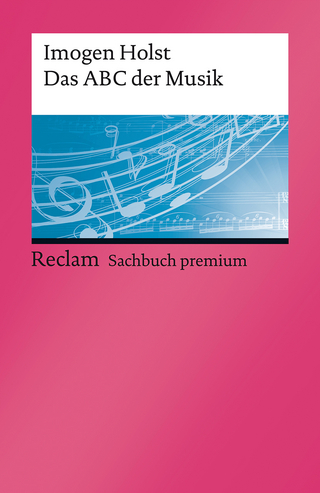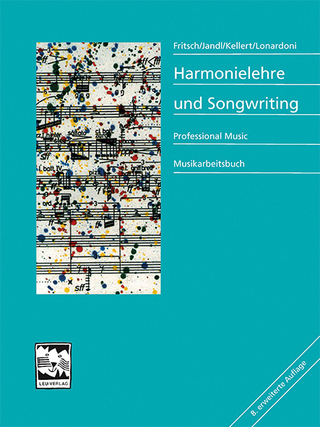
Origins of Cuban Music and Dance
Scarecrow Press (Verlag)
978-0-8108-6204-3 (ISBN)
Origins of Cuban Music and Dance: Changüí is the first in-depth study of changüí, a style of music and dance in Guantánamo, Cuba. Changüí is analogous to blues in the United States and is a crucible of Cuban Creole culture. Benjamin Lapidus describes changüí and its relationship to the roots of son, Cuba's national genre and the style of music that contributed to the development of salsa, in Eastern Cuba. He also highlights the connections between Afro-Haitian music and Cuban popular music through changüí, connections with the Caribbean that have been largely overlooked in the past. After an initial historical discussion about the region of Guantánamo and the inter-connectedness of its various musical styles with a focus on changüí, Lapidus discusses the technical aspects of the genre as practiced within the region and beyond. He considers the socio-historical importance of its lyrics, presenting numerous musical transcriptions that explain how the music is structured, as well as providing background stories to songs. In a chapter unique to this book and a first in Cuban musicology and ethnography, Lapidus describes years of festivals and musical competitions to show how local musical identity takes shape, particularly when encountering national narratives of music history. The volume concludes with a comparison between changüí and son, as well as a bibliography, discography, and videography.
Benjamin Lapidus is assistant professor of music at John Jay College of Criminal Justice, CUNY. He has published in Ethnomusicology, Latin Beat Magazine, and the Journal of the Center for Puerto Rican Studies.
Part 1 Foreword Part 2 Preface Part 3 Acknowledgements Part 4 Introduction Chapter 5 1. Guantánamo and the Greater Oriente Region Chapter 6 2. Como se toca se baila, como se baila se toca: The Instruments and Their Roles in the Changüí Ensemble Chapter 7 3. Styles of Tres Improvisation Chapter 8 4. Historicity and Self-Referencing in Changüí Songs Chapter 9 5. The Changüí Complex In Guantánamo Chapter 10 6. Variations of Changüí Outside of Guantánamo Chapter 11 7. The Afro-Haitian Presence in Eastern Cuba and its Significance in the Development of the Cuban Son Chapter 12 8. Cultural Festivals and Musical Competitions in Guantánamo and Oriente Part 13 Conclusion: Changüí, Son, and the Pan-Caribbean Perspective Part 14 Bibliography Part 15 Index Part 16 About the Author
| Erscheint lt. Verlag | 17.12.2008 |
|---|---|
| Verlagsort | Lanham, MD |
| Sprache | englisch |
| Maße | 162 x 239 mm |
| Gewicht | 449 g |
| Themenwelt | Kunst / Musik / Theater ► Musik ► Musiktheorie / Musiklehre |
| Kunst / Musik / Theater ► Musik ► Pop / Rock | |
| ISBN-10 | 0-8108-6204-2 / 0810862042 |
| ISBN-13 | 978-0-8108-6204-3 / 9780810862043 |
| Zustand | Neuware |
| Haben Sie eine Frage zum Produkt? |
aus dem Bereich


